*Twin-plug flat six-cylinder engine *RSR-spec upgrades throughout *Many period competition features *Documented FIA history *Subject of a two-year restoration *Eligible for the most prestigious vintage events The backbone of sportscar endurance racing has always been that of the amateur. The huge grids of the late 1970’s and through the 1980’s that filled out the Daytona 24 Hours and 12 Hours of Sebring in many ways are responsible for the survival of the sport. While the headlines and air time will always go to the professional teams with the mega budgets and top tier driving talent, it falls to the semi-pro outfits that ensure that there is a show to go on. Many of the cars during that era were constructed from road cars, usually through a small garage or workshop - a popular formula of some friends with regional or national SCCA experience deciding to enter one of the classic endurance races; they often pulled it off, usually by pooling their resources. This was a very common scenario and for the many who went this route, a lifetime of memories and a sense of fulfillment was the reward. Regardless of the qualifying position or the final result, this was racing of the moment at some of the greatest and most well known circuits in the world. The equipment had to be that of a certain standard or you didn’t run. Period. The cars may not have been pretty, the body panels and gaps not what is seen today parked on a lawn or at a vintage race. It simply didn’t matter. These were all part of the real show and not some idea of what it may have been like. There were, of course, exceptions of small semi-pro weekend warriors that showed up with ex-factory team cars or similarly constructed rides that were well prepared and professionally displayed. Of all the production cars that were modified to full race specifications, the Porsche 911 was by far the most popular and successful. The consistency and development by the factory of the various models during their prime ensured that the private teams, thanks to the aftermarket, were able to campaign their cars long after Porsche had stopped producing factory parts. The original 1974 Porsche 3.0-liter RSR was the visual platform that was most widely copied and raced by privateers. Just how good the original RSR was is evident in the fact that many were still being raced in major events a decade later. With its purposeful stance, aggressive bodywork and relatively easy maintenance with regards to the running gear, copies of the original RSR were soon competing all over the world. One of these privateers, George (Ted) Hulse, converted a U.S. specification 1977 911S coupe in time to enter and compete in the 1978 editions of both the Daytona and Sebring endurance contests. Both races resulted in DNF’s but Hulse was not discouraged and continued to race his 911 in various IMSA events well in to the mid-1980’s. Hulse was also a regular on the SCCA circuit and his 911 was constantly being updated to keep it competitive. Eventually the car was sold and passed on through several owners, finally ending up at Predator Racing in Largo, Florida. The decision was made to return the Hulse 911 to its 1984 Daytona 24 Hours livery. The major difference today is that the car features a full set of RSR center lock hubs along with the correct five spoke wheels as delivered on the original RSR models. Predator Racing also paid special detail to the car’s upgrades from over the years. Hulse’s 911, like so many, was influenced by the RSR modifications as performed by Peter Gregg of Brumos Porsche. His 1974 and later ‘75 models were cutting edge for their time and Gregg’s results with his RSR’s need no further explanation. Aluminum rear control arms, front mounted oil tank, strengthened roll cage, and a lightweight fuel cell were just some of the details. The final result of Predator Racing’s two year restoration is a 911 that, upon first inspection, mirrors the original 1974 press photo of the then-new RSR. A clos
*Twin-plug flat six-cylinder engine *RSR-spec upgrades throughout *Many period competition features *Documented FIA history *Subject of a two-year restoration *Eligible for the most prestigious vintage events The backbone of sportscar endurance racing has always been that of the amateur. The huge grids of the late 1970’s and through the 1980’s that filled out the Daytona 24 Hours and 12 Hours of Sebring in many ways are responsible for the survival of the sport. While the headlines and air time will always go to the professional teams with the mega budgets and top tier driving talent, it falls to the semi-pro outfits that ensure that there is a show to go on. Many of the cars during that era were constructed from road cars, usually through a small garage or workshop - a popular formula of some friends with regional or national SCCA experience deciding to enter one of the classic endurance races; they often pulled it off, usually by pooling their resources. This was a very common scenario and for the many who went this route, a lifetime of memories and a sense of fulfillment was the reward. Regardless of the qualifying position or the final result, this was racing of the moment at some of the greatest and most well known circuits in the world. The equipment had to be that of a certain standard or you didn’t run. Period. The cars may not have been pretty, the body panels and gaps not what is seen today parked on a lawn or at a vintage race. It simply didn’t matter. These were all part of the real show and not some idea of what it may have been like. There were, of course, exceptions of small semi-pro weekend warriors that showed up with ex-factory team cars or similarly constructed rides that were well prepared and professionally displayed. Of all the production cars that were modified to full race specifications, the Porsche 911 was by far the most popular and successful. The consistency and development by the factory of the various models during their prime ensured that the private teams, thanks to the aftermarket, were able to campaign their cars long after Porsche had stopped producing factory parts. The original 1974 Porsche 3.0-liter RSR was the visual platform that was most widely copied and raced by privateers. Just how good the original RSR was is evident in the fact that many were still being raced in major events a decade later. With its purposeful stance, aggressive bodywork and relatively easy maintenance with regards to the running gear, copies of the original RSR were soon competing all over the world. One of these privateers, George (Ted) Hulse, converted a U.S. specification 1977 911S coupe in time to enter and compete in the 1978 editions of both the Daytona and Sebring endurance contests. Both races resulted in DNF’s but Hulse was not discouraged and continued to race his 911 in various IMSA events well in to the mid-1980’s. Hulse was also a regular on the SCCA circuit and his 911 was constantly being updated to keep it competitive. Eventually the car was sold and passed on through several owners, finally ending up at Predator Racing in Largo, Florida. The decision was made to return the Hulse 911 to its 1984 Daytona 24 Hours livery. The major difference today is that the car features a full set of RSR center lock hubs along with the correct five spoke wheels as delivered on the original RSR models. Predator Racing also paid special detail to the car’s upgrades from over the years. Hulse’s 911, like so many, was influenced by the RSR modifications as performed by Peter Gregg of Brumos Porsche. His 1974 and later ‘75 models were cutting edge for their time and Gregg’s results with his RSR’s need no further explanation. Aluminum rear control arms, front mounted oil tank, strengthened roll cage, and a lightweight fuel cell were just some of the details. The final result of Predator Racing’s two year restoration is a 911 that, upon first inspection, mirrors the original 1974 press photo of the then-new RSR. A clos


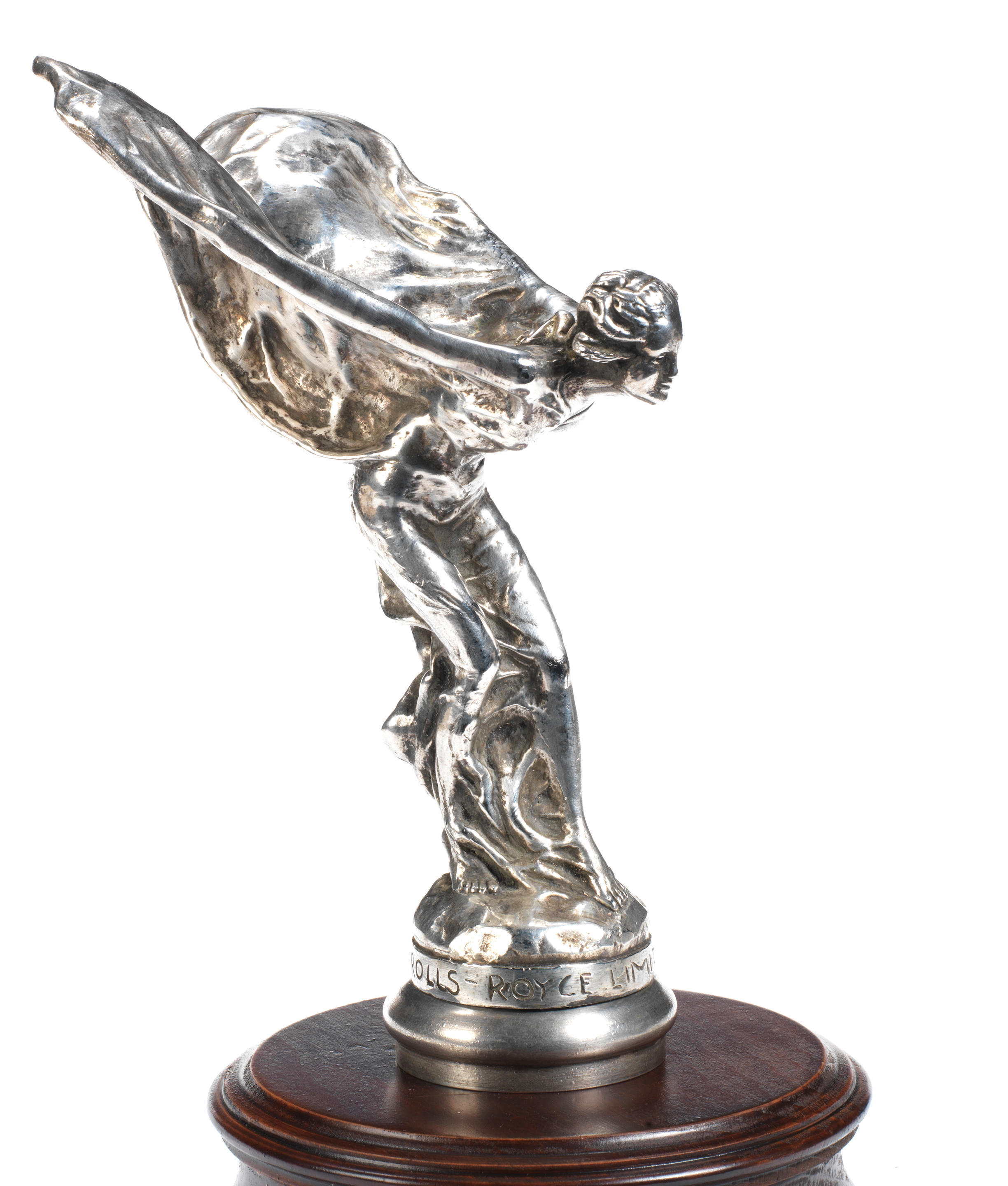
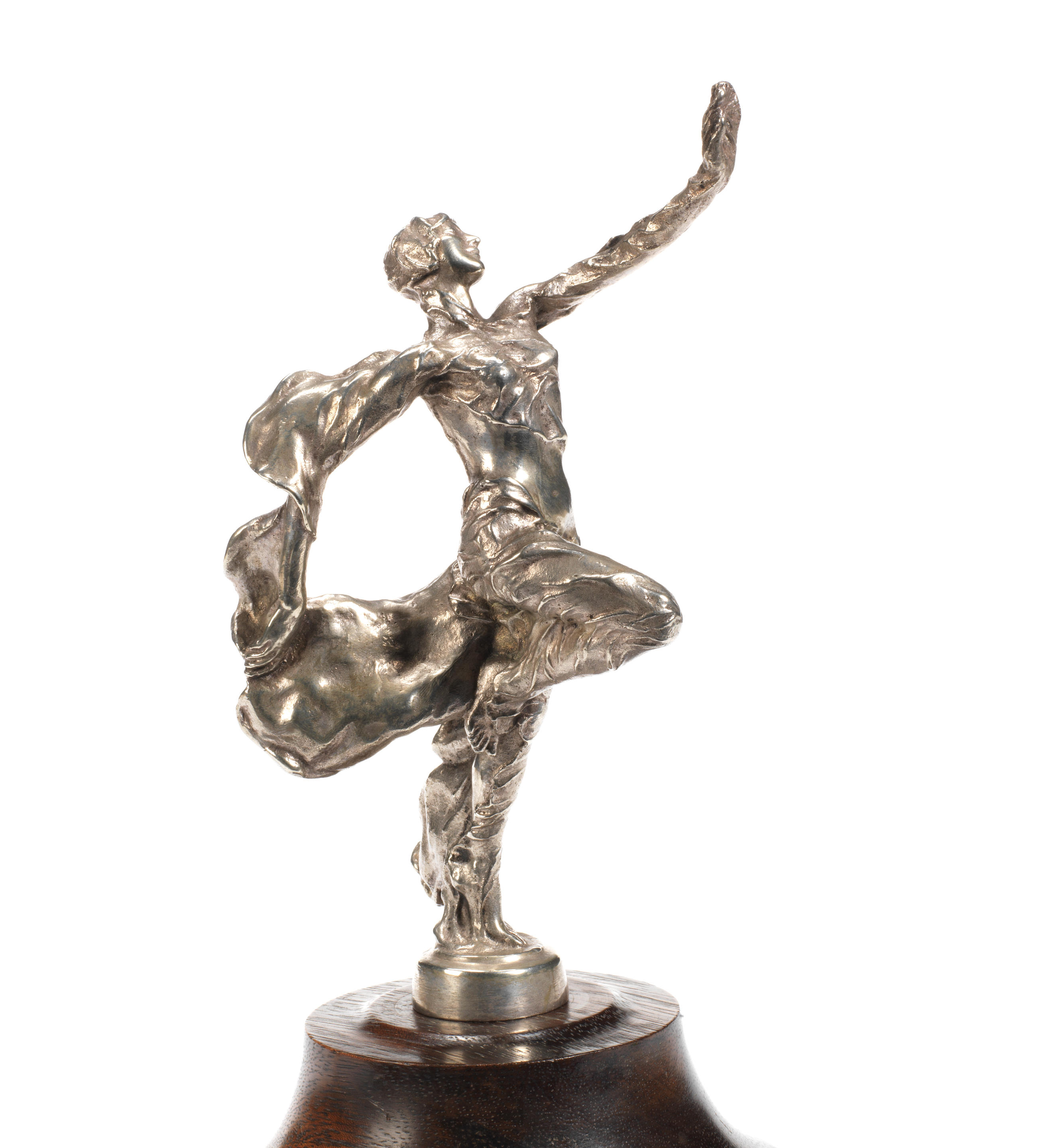
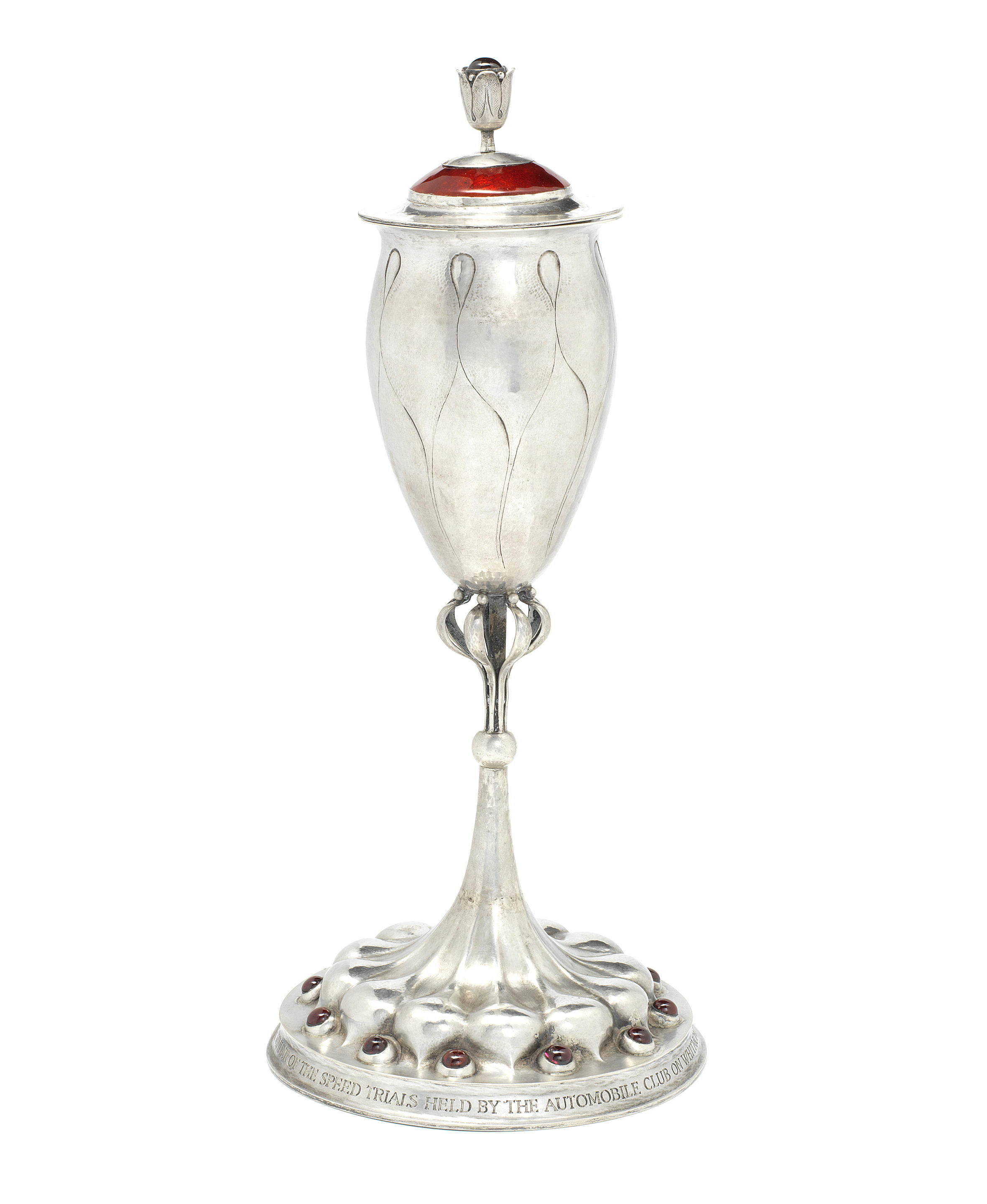
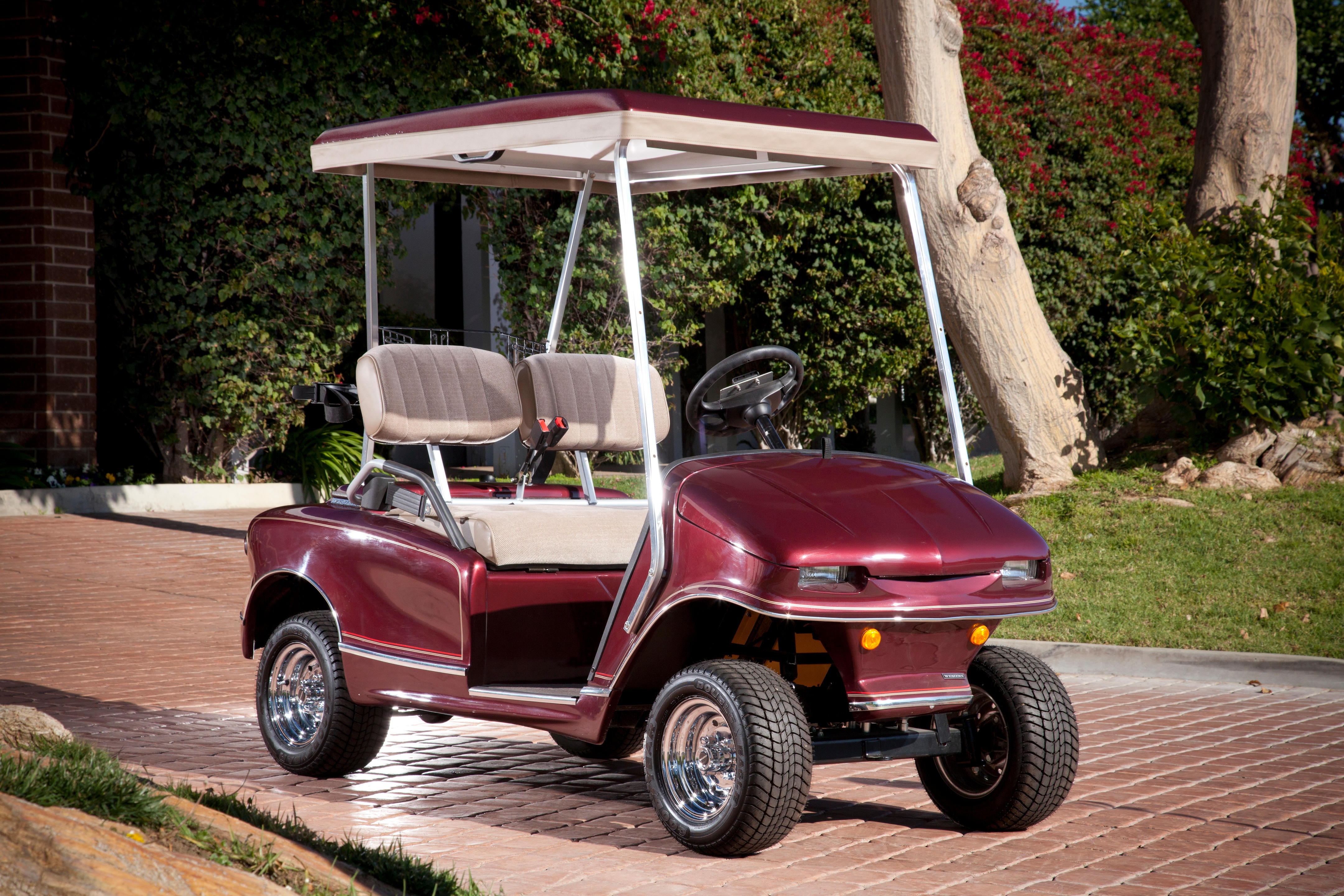

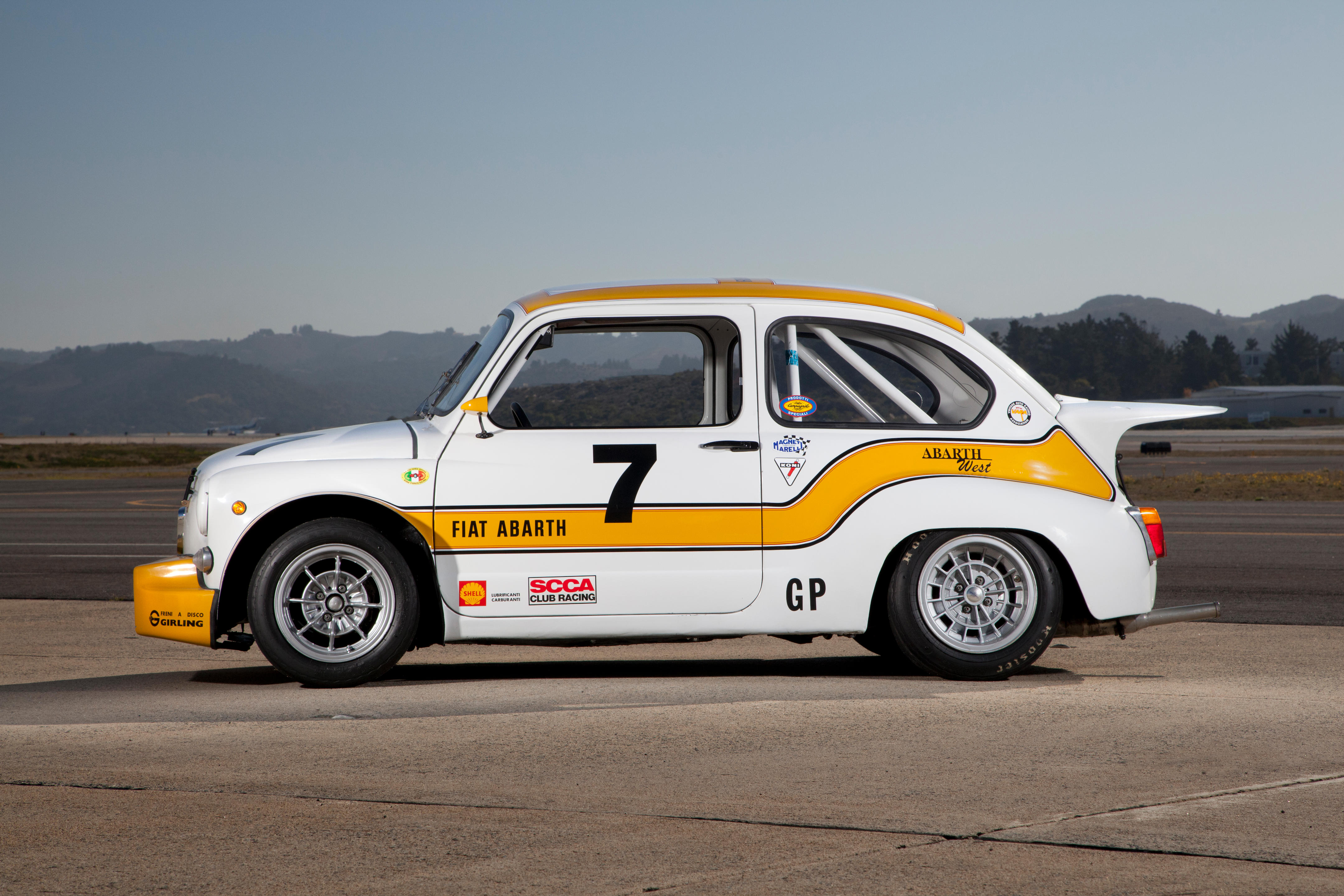
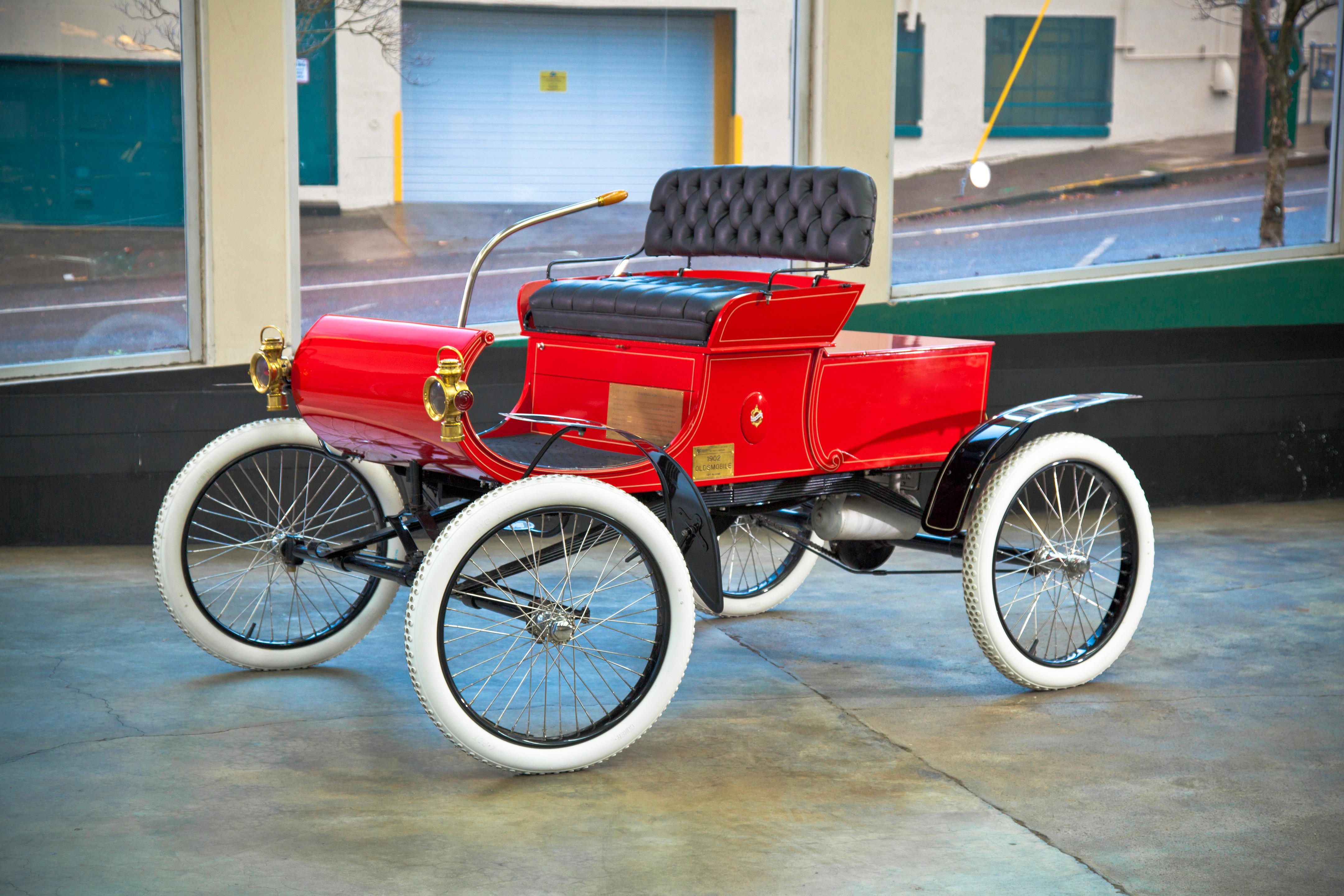

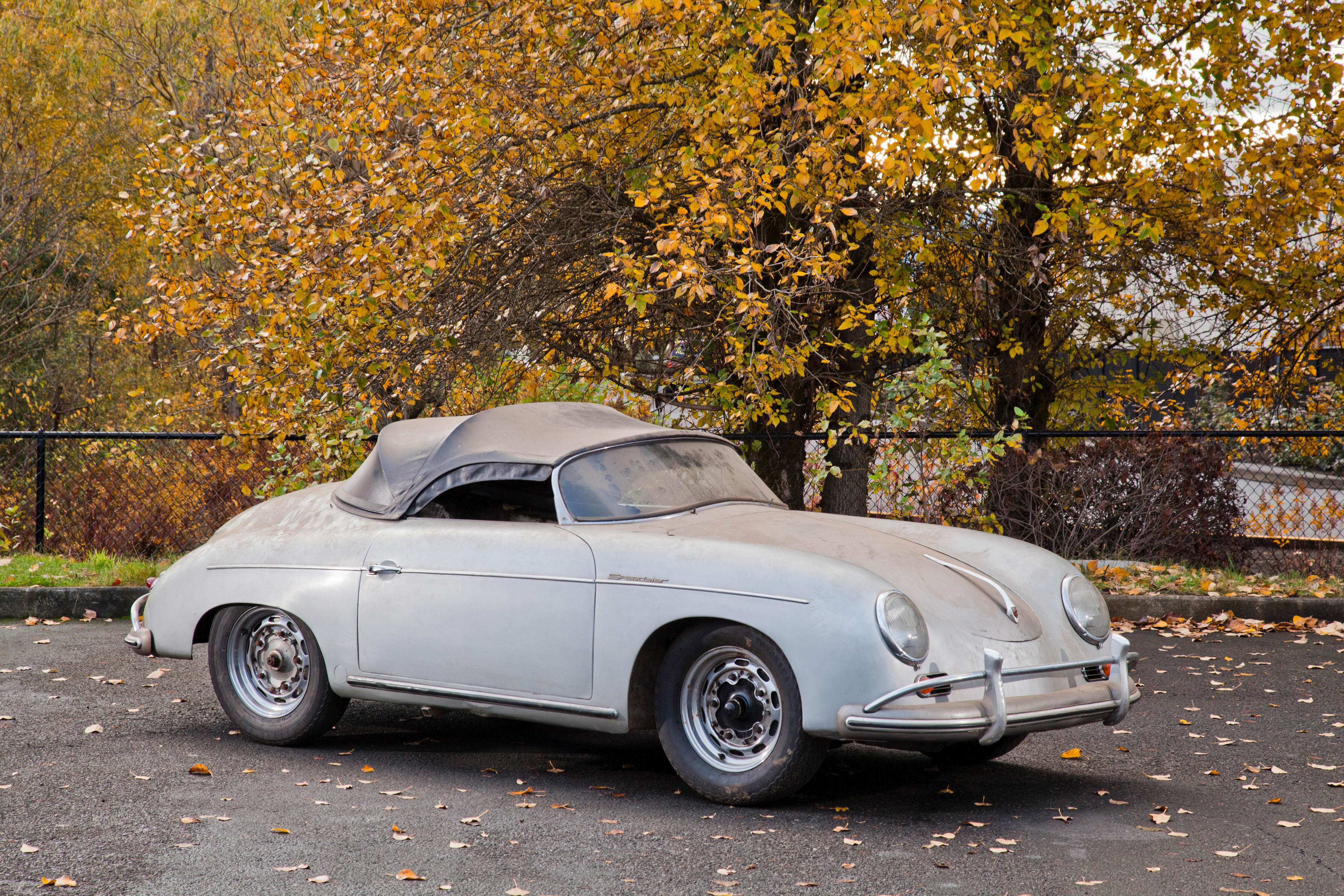
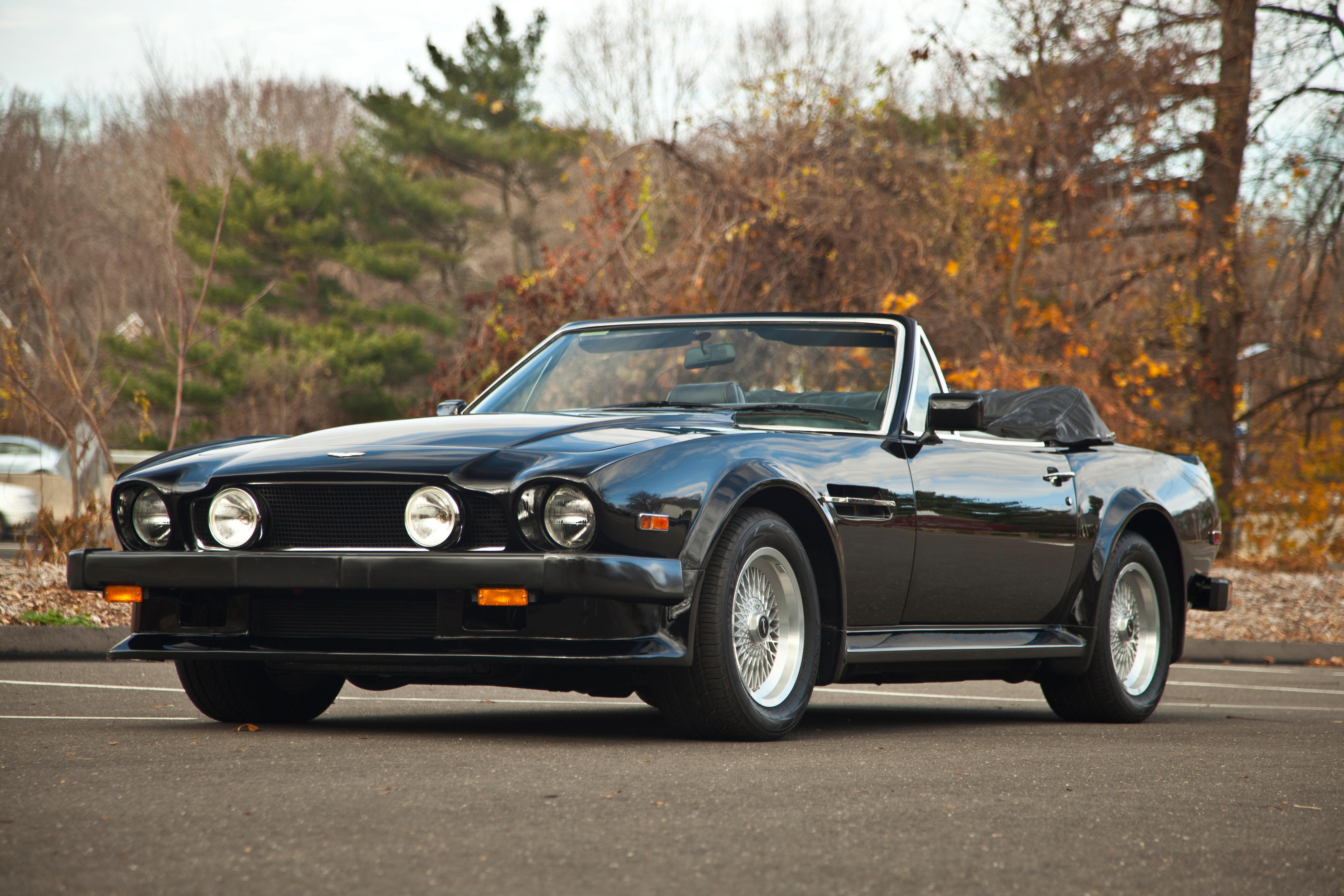
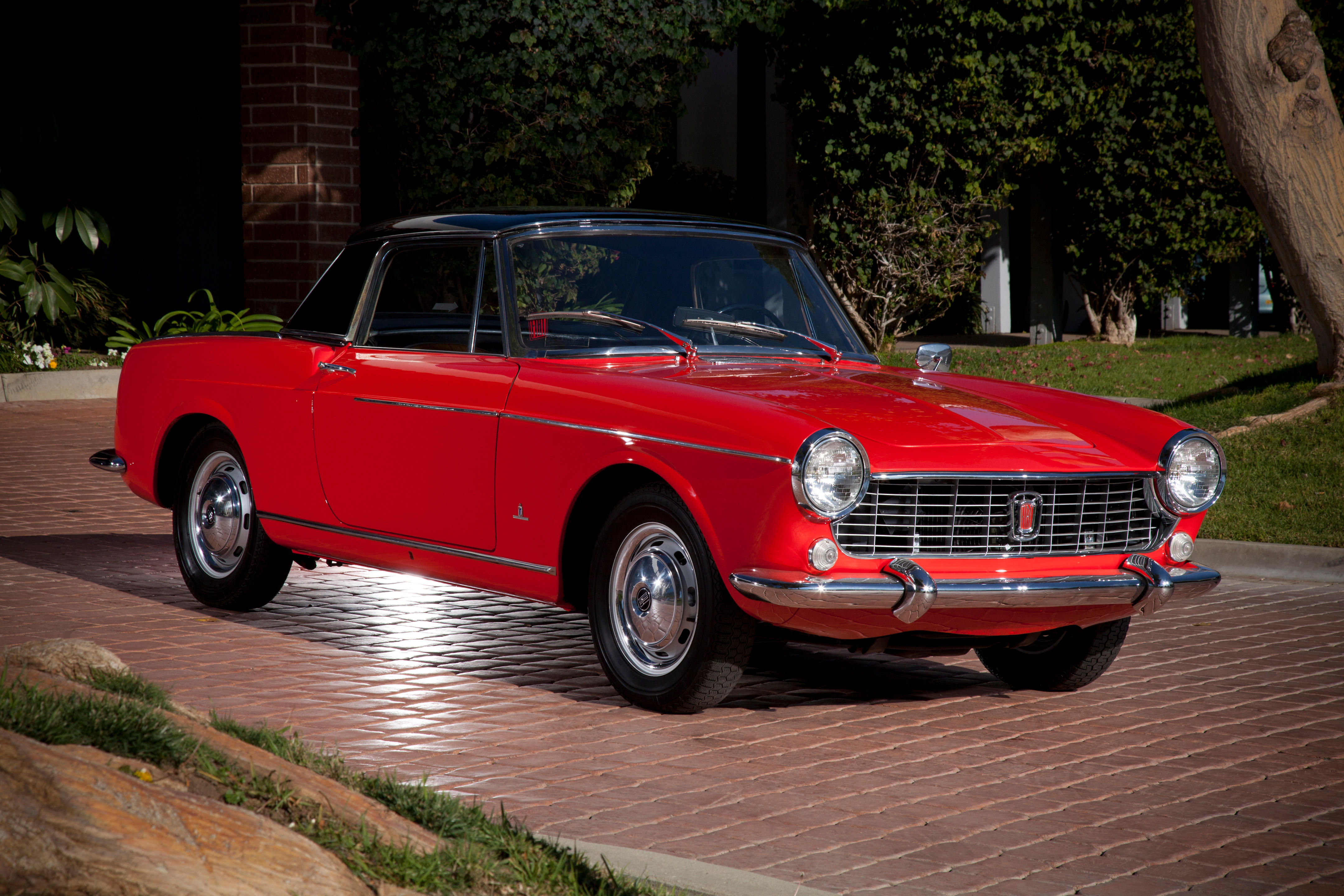
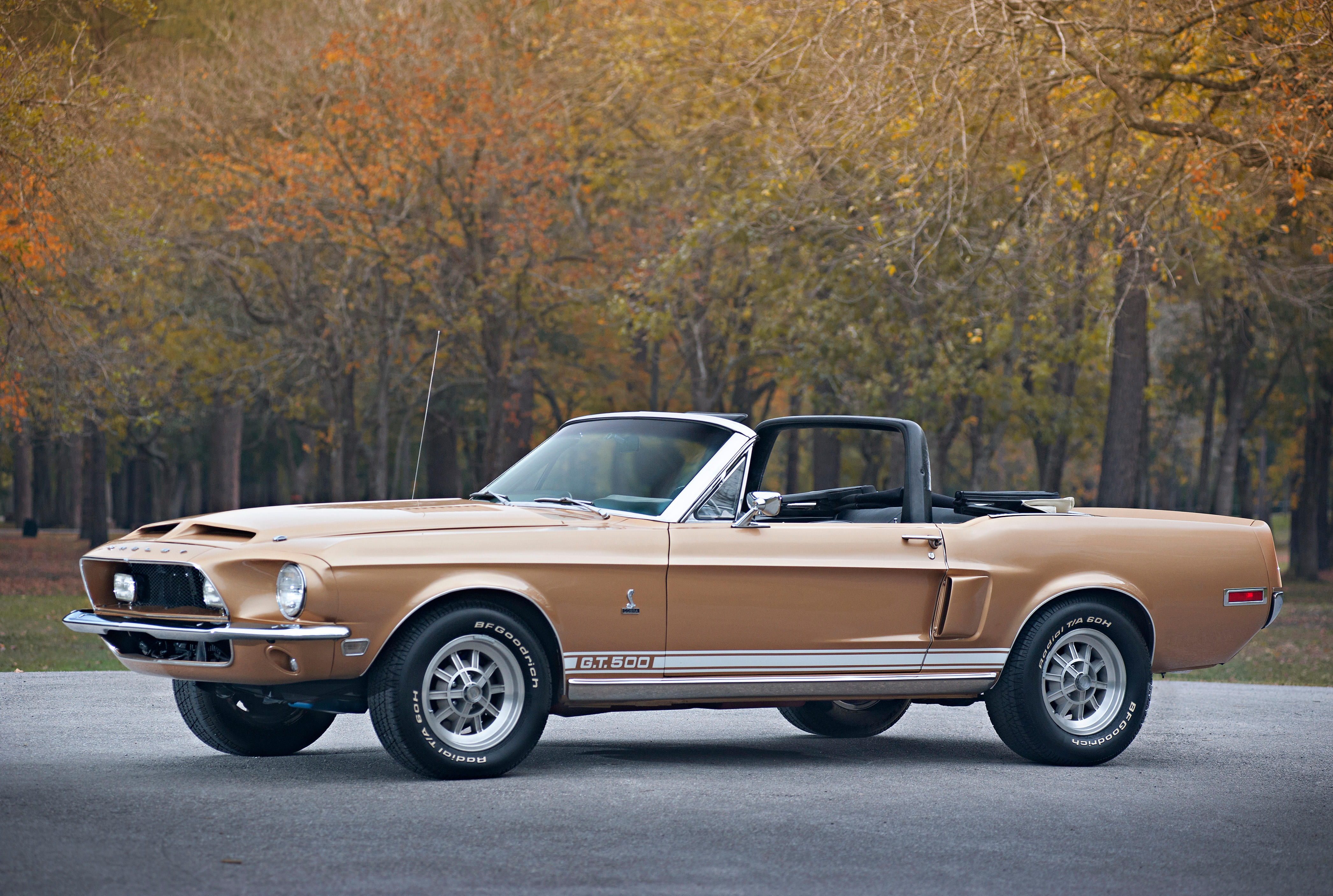
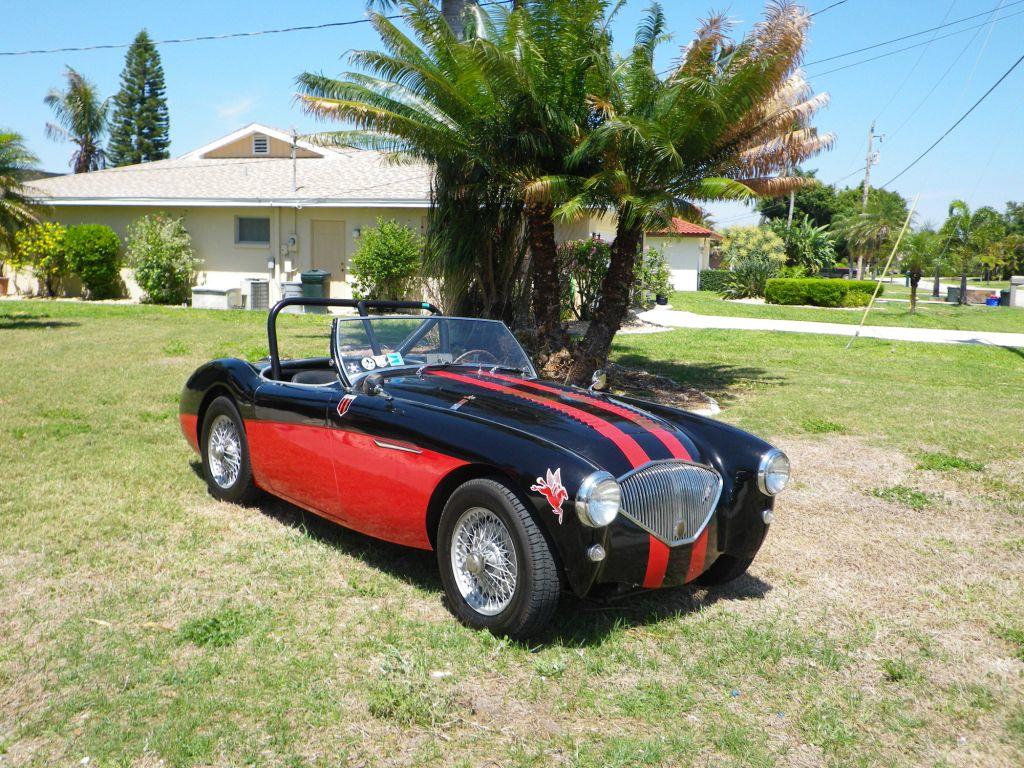
Testen Sie LotSearch und seine Premium-Features 7 Tage - ohne Kosten!
Lassen Sie sich automatisch über neue Objekte in kommenden Auktionen benachrichtigen.
Suchauftrag anlegen